📽️ Ten films that shook the world: "Battleship Potemkin"| Diez películas que estremecieron al mundo: "El acorazado Potemkin" (ENG -ESP)
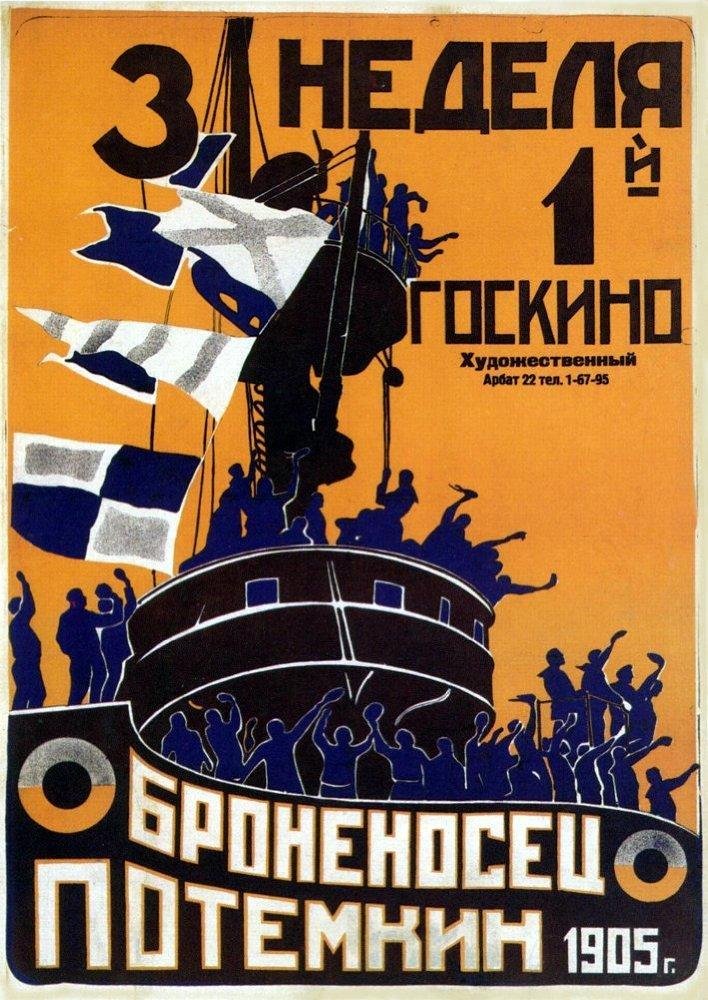
Source: FilmAffinity
Welcome to the hivers of Cine TV!
In these pages, I'm opening a series on celluloid classics. I'll be reviewing a group of films that, in my opinion, shook the world. I invite you to discuss and join me on this journey.
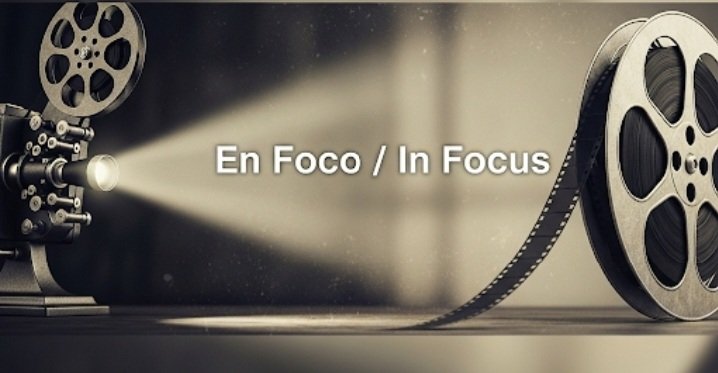
Today I'm going to talk to you about a 100-year-old film. And no, it's not just any old film.
It's considered a masterpiece of world cinema. A gem that transcends its time.
Directors like Hitchcock, Coppola, Scorsese, and Tarantino revere it. Not out of nostalgia, but because he understood the power of cinema before anyone else. That film is "Battleship Potemkin," directed by Sergei Eisenstein.
Yes, you read that right, this film is a century old. And yet, it remains one of the most powerful, studied, and revered films in the entire history of cinema. It's a silent film. In black and white. No Hollywood stars. No CGI. No dialogue.
But it has something that few modern films possess: an overwhelming visual power and a cinematic language that was revolutionary in its time… and that still feels fresh today.

Why did I choose this film to open the series "10 Films That Shook the World"?
Because Eisenstein didn't just film a story of rebellion, he reinvented the language of cinema. He pioneered the use of montage as an emotional and political tool.
My grandmother, who smelled of tobacco and cinnamon, once told me that silent films were the most honest. "They don't fool you with pretty words, son," he said as he mended my shirt. "They show you life as God sees it."
The Battleship Potemkin is just that: a splendor before the world. One hundred years ago, when Havana smelled of molasses and failed revolutions, in Moscow, a skinny Russian named Eisenstein grabbed a camera and filmed the precise moment when fear turns into rage and rage into shrapnel.
He didn't make a movie. He amassed gunpowder in the form of celluloid.
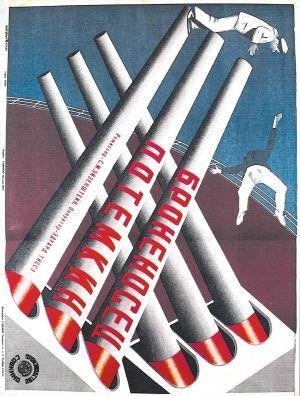
Source: FilmAffinity
The story is simple, like all great myths. Russian sailors, fed up with eating maggot-ridden meat, rebel against their officers in 1905. But Eisenstein filmed the smell of injustice. The rotten meat the sailors reject is a symbol of an entire system that devoured them. The shots of that flesh—white, shining, with larvae writhing in the light—are images and accusations. The frames smell rancid, of saltpeter, of the sweat of a cornered man. The actors' faces are maps of hunger and rage. The Tsarist captain, with his impeccable uniform and icy smile, could be the very devil my great-uncle described in his stories of the War of Independence.
There's a scene that has haunted me since the first time I saw The Battleship Potemkin, at the age of fourteen. The rebel sailors cover the body of Vakulinchuk, their murdered comrade, with a tarp. Over it they paint: FOR A SPOONFUL OF SOUP. It's more than a phrase. It's a shot to the heart of power. And Eisenstein doesn't need speeches to do it. Cinema, when it's true, strikes.
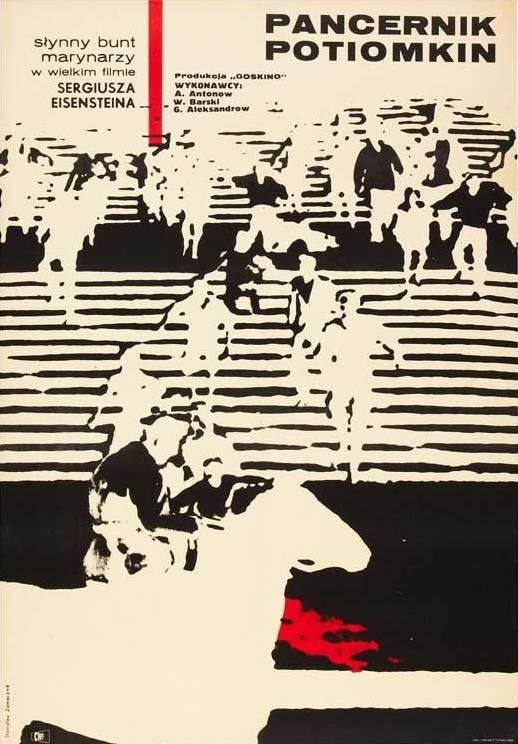
Source: FilmAffinity
Then there's the staircase. The cursed, glorious Odessa staircase. In Santiago, there's a steep street, Padre Pico, that always reminds me of it. Eisenstein filmed the massacre that would change cinema forever. The Tsarist soldiers descend like a killing machine, their boots pounding the steps in the same rhythm as the bullets leaving their rifles. People are falling, screaming, bleeding. And in the midst of the chaos, a baby stroller rolls down the stairs, alone, abandoned, as if the whole world had ceased to matter. My mother, the first time she saw it, covered her mouth with both hands.
Eisenstein dodged the shots and showed the consequences. A mother falls with her stomach open. A student clutches his stomach, blood oozing through his fingers. An old man stares at the camera with wide eyes, as if asking, "Why?" And the stroller, damn it, keeps falling, its wheels spinning in the air like a roulette wheel. Today, any director can film a massacre with a hundred extras and digital effects, but none of them make you feel the lead in your gut, as Eisenstein does in four shots and a deafening silence.
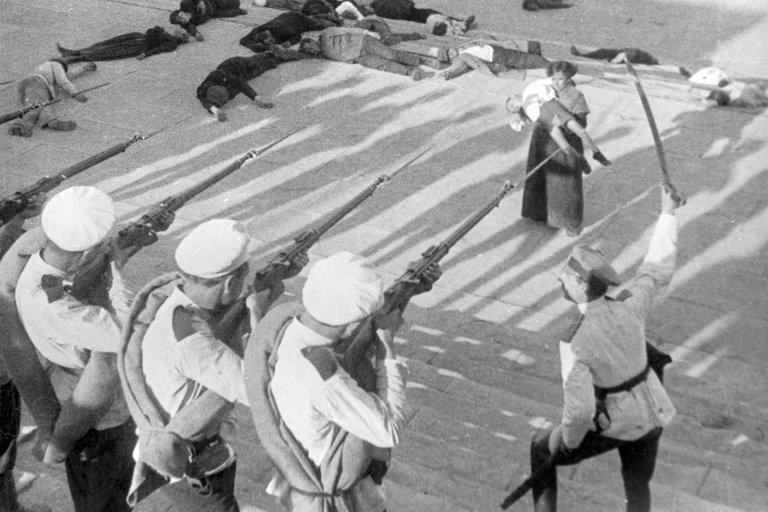
Source: FilmAffinity
The secret is in the editing. And that's what makes it great. And that's why I'm opening this Hive series on the "10 films that shook the world." Eisenstein didn't cut film: he tore it apart. Each shot is a well-calculated blow. An Orthodox priest swings his censer (three seconds). A sailor clenches his fists (two seconds). The censer crashes to the floor (for one second). Rebellion. No dialogue needed. No music needed. Rhythm is the revolution. Today, in the age of frenetic edits and two-second TikToks, no one understands this. They think cutting fast is cutting well. Eisenstein knew that every cut matters.
Another highlight is the original soundtrack. Composed by Edmund Meisel, it's another character. It's a call to arms. The violins strum like sabers and the drums boom like cannon shots. In Germany, in 1926, it was banned because it "incited riots." Imagine: a silent film that frightened governments.
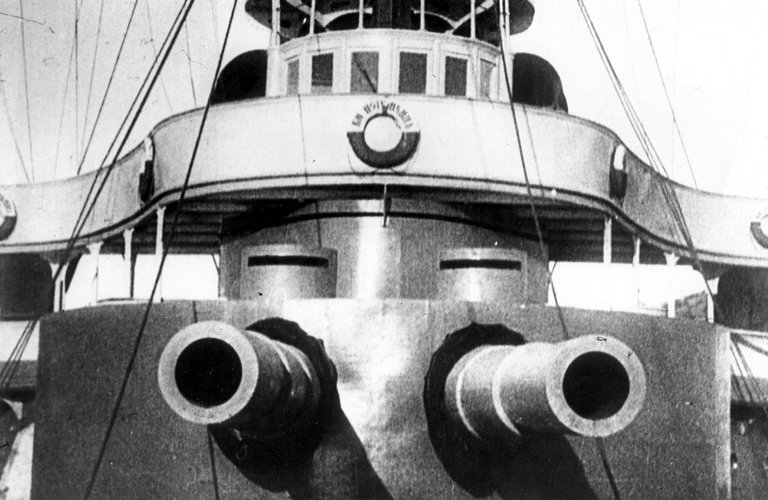
Source: FilmAffinity
Modern directors could learn something if they stopped navel-gazing. Scorsese knows this. Tarantino worships him. But most of them film as if Eisenstein never existed. They use drones, CGI, millions of dollars... and in the end, their films are forgotten before they even leave theaters. Battleship Potemkin, on the other hand, lives on. It breathes. It screams. Because it's not about special effects: it's about the hunger for justice, for freedom. The same thing that moved the mambises in the jungle, the workers in the factories...
Hive should understand this better than anyone. In a decentralized network, every post, every comment, every vote is a shot in the collective montage. When you put the fragments together, you create something greater than the sum of its parts: an idea that can change minds. Eisenstein did it with images. We do it with code. The Odessa Steps are our algorithm, the Tsarist soldiers are the Big Tech bots, and the falling stroller... that's us, rolling into the future without knowing if anyone will catch us before impact. Let's hope so.
True cinema has no era. As the great Cuban writer Guillermo Cabrera Infante said: "Time doesn't pass for masterpieces. It passes through them."
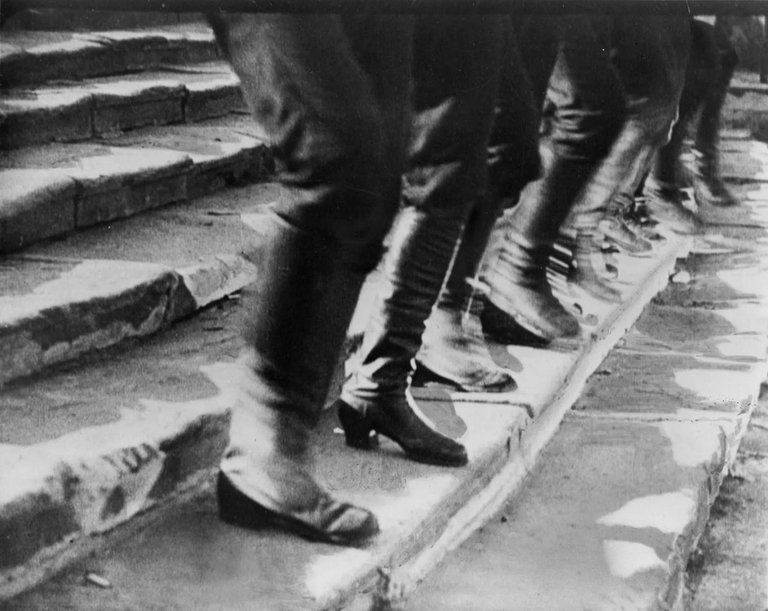
Source: FilmAffinity
Now tell me: how many movies from a hundred years ago still make a guy in 2025 want to go out and break something? Exactly. There's the proof. Battleship Potemkin is a hammer. And the world is still full of nails to drive in.
If this analysis has piqued your curiosity, if you like debating cinema and unearthing gems from the past, don't miss my series "10 Films That Shook the World" in this wonderful CineTV community on Hive.
The next installment promises to be even more controversial and revealing.
Stay tuned!

🎞️. Original Content
🎞️ Referenced Images
🎞️ Google Translation

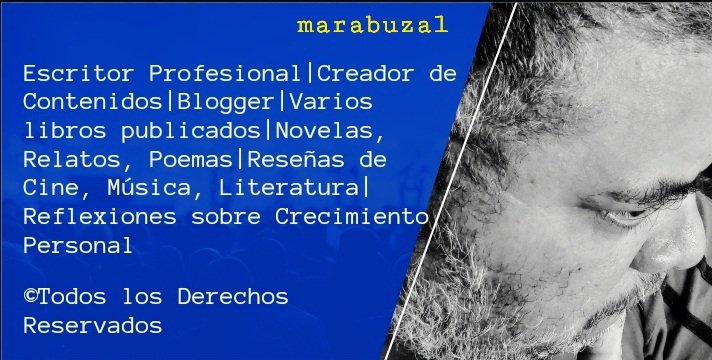


Fuente: FilmAffinity
📽️ El acorazado Potemkin
¡Saludos cordiales, amigos hivers de Cine TV!
Abro en estas paginas un ciclo sobre clásicos del celuloide. Reseñaré un grupo de peliculas que desde mi punto de vista estremecieron al mundo. Te invito a debatir y a acompañarme en este viaje.

Hoy te voy a hablar de una película que tiene 100 años. Y no, no es una película cualquiera.
Está considerada una obra maestra del cine mundial. Una joya que trasciende su época
Directores como Hitchcock, Coppola, Scorsese o Tarantino lo veneran. No por nostalgia, sino porque entendió el poder del cine antes que nadie. Esa película es "El acorazado Potemkin", dirigida por Sergei Eisenstein.
Sí, has leído bien, esta película tiene un siglo. Y aún así, sigue siendo una de las películas más potentes, estudiadas y reverenciadas de toda la historia del cine. Es una película muda. En blanco y negro. Sin estrellas de Hollywood. Sin CGI. Sin diálogos.
Pero tiene algo que pocas películas modernas tienen: una fuerza visual arrolladora y un lenguaje cinematográfico que fue revolucionario en su tiempo… y que todavía se siente fresco hoy.

¿Por qué elegí esta cinta para abrir el ciclo "10 películas que estremecieron el mundo"?
Porque Eisenstein no solo filmó una historia de rebelión, sino que reinventó el lenguaje del cine. Fue pionero en el uso del montaje como herramienta emocional y política.
Mi abuela, olía a tabaco y canela, una vez me dijo que las películas mudas eran las más honestas. "No te engañan con palabras bonitas, hijo —decía mientras remendaba mi camisa—. Te muestran la vida, como Dios la ve".
El Acorazado Potemkin es eso: un esplendor frente del mundo. Hace cien años, cuando La Habana olía a melao y revoluciones fallidas, en Moscú, un ruso flaco llamado Eisenstein agarró una cámara y filmó el instante preciso en que el miedo se convierte en rabia y la rabia en metralla.
No hizo una película. Amasó pólvora en forma de celuloide.

Fuente: FilmAffinity
La historia es simple, como todos los grandes mitos. Marineros rusos, hartos de comer carne llena de gusanos, se rebelan contra sus oficiales en 1905. Pero Eisenstein filmó el olor de la injusticia. La carne podrida que los marineros rechazan es el símbolo de todo un sistema que los devoraba. Los planos de esa carne —blanca, brillante, con larvas que se retuercen bajo la luz—son imágenes y son acusaciones. Los fotogramas huelen a rancio, a salitre, a sudor de hombre acorralado. Las caras de los actores son mapas de hambre y rabia. El capitán zarista, con su uniforme impecable y su sonrisa de hielo, podría ser el mismo diablo que mi tío abuelo describía en sus historias de la Guerra de Independencia.
Hay una escena que me persigue desde la primera vez que vi El acorazado Potemkin, a los catorce años. Los marineros rebeldes, cubren el cuerpo de Vakulinchuk, su compañero asesinado, con una lona. Sobre ella pintan: POR UNA CUCHARADA DE SOPA. Es más que una frase. Es un disparo al corazón del poder. Y Eisenstein no necesita discursos para hacerlo. El cine, cuando es verdadero, golpea.

Fuente: FilmAffinity
Luego está la escalera. La maldita, gloriosa, escalera de Odesa. En Santiago hay una calle empinada, Padre Pico, que siempre me la recuerda. Eisenstein filmó la masacre que cambiaría el cine para siempre. Los soldados zaristas bajan como una máquina de matar, las botas golpeando los escalones al mismo ritmo que las balas salen de sus fusiles. La gente cae, grita, sangra. Y en medio del caos, un cochecito de bebé rueda escaleras abajo, solo, abandonado, como si el mundo entero hubiera dejado de importar. Mi madre, la primera vez que lo vio, se tapó la boca con las dos manos.
Eisenstein eludió los disparos y mostró sus consecuencias. Una madre cae con el vientre abierto. Un estudiante agarra su estómago y la sangre se le escapa entre los dedos. Un anciano mira a cámara con los ojos desorbitados, como preguntando ¿por qué? Y el cochecito, maldito sea, sigue cayendo, sus ruedas girando en el aire como una ruleta. Hoy cualquier director puede filmar una masacre con cien extras y efectos digitales, pero ninguno te hace sentir el plomo en las entrañas, como lo hace Eisenstein en cuatro planos y un silencio ensordecedor.

Fuente: FilmAffinity
El secreto está en el montaje. Y eso es lo que la hace grande. Y por eso, abro este ciclo en Hive sobre las “10 peliculas que estremecieron al mundo”. Eisenstein no cortaba película: la destazaba. Cada plano es un golpe bien calculado. Un sacerdote ortodoxo balancea su incensario (tres segundos). Un marinero aprieta los puños (dos segundos). El incensario se estrella contra el suelo (un segundo). Rebelión. No hace falta diálogo. No hace falta música. El ritmo es la revolución. Hoy, en la era de los edits frenéticos y los TikTok de dos segundos, nadie entiende esto. Piensan que montar rápido es montar bien. Eisenstein sabía que cada corte es importante.
Otro elemento a destacar es la banda sonora original. Compuesta por Edmund Meisel, es otro personaje. Es un llamado a las armas. Los violines rasgan como sables y los tambores retumban como cañonazos. En Alemania, en 1926, la prohibieron porque "incitaba al motín". Imagínense: una película muda que asustaba a los gobiernos.

Fuente: FilmAffinity
Los directores modernos podrían aprender algo si dejaran de mirarse el ombligo. Scorsese lo sabe. Tarantino lo venera. Pero la mayoría filma como si Eisenstein nunca hubiera existido. Usan drones, CGI, millones de dólares... y al final, sus películas se olvidan antes de salir de cartelera. El acorazado Potemkin, en cambio, sigue viva. Respira. Grita. Porque no es sobre efectos especiales: es sobre hambre de justicia, de libertad. Lo mismo que movió a los mambises en la manigua, a los obreros en las fábricas...
Hive debería entender esto mejor que nadie. En una red descentralizada, cada post, cada comentario, cada voto es un plano en el montaje colectivo. Cuando juntas los fragmentos, creas algo más grande que la suma de sus partes: una idea que puede cambiar mentes. Eisenstein lo hizo con imágenes. Nosotros lo hacemos con códigos. La escalera de Odesa es nuestro algoritmo, los soldados zaristas son los bots de las big tech, y el cochecito que cae... ese somos nosotros, rodando hacia el futuro sin saber si alguien nos atrapará antes del impacto. Esperemos que sí.
El cine verdadero no tiene época. Como dijo el gran escritor cubano Guillermo Cabrera Infante: "El tiempo no pasa para las obras maestras. Pasa a través de ellas".

Fuente: FilmAffinity
Ahora dime: ¿cuántas películas de hace cien años siguen haciendo que un tipo en pleno 2025 quiera salir a la calle y romper algo? Exacto. Ahí está la prueba. El Acorazado Potemkin es un martillo. Y el mundo sigue lleno de clavos por hundir.
Si este análisis te ha picado la curiosidad, si te gusta debatir sobre cine y desenterrar joyas del pasado, ¡no te pierdas mi saga "10 películas que estremecieron al mundo" en esta maravillosa comunidad de CineTV de Hive.
La próxima entrega promete ser aún más polémica y reveladora.
¡Mantente conectado!

🎞️. Contenido Original
🎞️ Imágenes referenciadas
🎞️ Traducción en Google Translation


Esta película me recuerda la universidad, tema obligado en materia de arte. Todas esas urgencias que su autor resolvió de manera revolucionaria.
Siempre que veo escaleras igual pienso en esa escena.
🤍💜🫂
Tan buena es, que quedó para eso, para material de estudio en todas partes. Gracias por llegar y por la lealtad!🌿
Gracias a ti por tu luz y gentileza
Su post ha sido votado por Green Zone.
Te invitamos a participar en nuestra comunidad
Para más detalles aquí te explicamos
Agradecido, saludos afectuosos 🌿
Delegate your Hive Power to Ecency and earn
100% daily curation rewards in $Hive!
Muchísimas gracias por apoyar mi trabajo. Muy pronto estoy delegándo y trabajando con ustedes en el proyecto. ✍️
Este filme lo vi hace muchos años y lo disfruté muchísimo. En un momento en me sentía de una manera que ahora no me siento. Muchas gracias por traerlo acá y compartir de forma magistral esta reseña.
Siempre es un placer contar con tu presencia y mis publicaciones 🌿✍️
Congratulations @marabuzal! You have completed the following achievement on the Hive blockchain And have been rewarded with New badge(s)
You can view your badges on your board and compare yourself to others in the Ranking
If you no longer want to receive notifications, reply to this comment with the word
STOPCheck out our last posts:
!discovery 30
!PIZZA
Muchísimas gracias 🌿
This post was shared and voted inside the discord by the curators team of discovery-it
Join our Community and follow our Curation Trail
Discovery-it is also a Witness, vote for us here
Delegate to us for passive income. Check our 80% fee-back Program
$PIZZA slices delivered:
@jlinaresp(8/15) tipped @marabuzal
Come get MOONed!